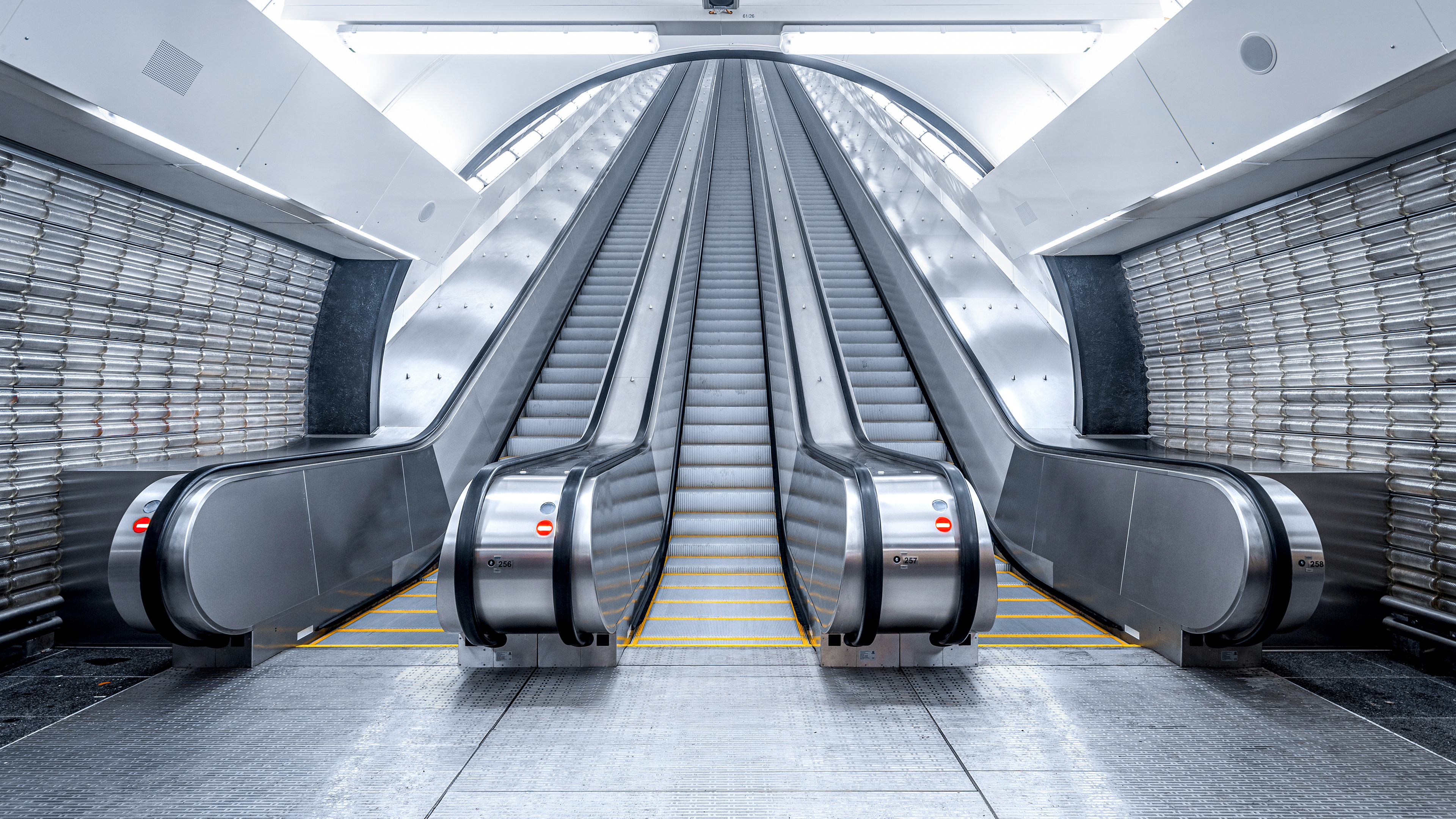The Role of Escalators in Public Transport
Public transport is the hurt of modern cities, moving millions daily. A crucial yet often overlooked element of this system is the escalator. These moving staircases not only help manage passenger flow but also enhance public transportation's overall efficiency and convenience. Let's dive into the world of escalators and understand their significant role in public transport.
Historical Background of Escalators
Escalators have come a long way since their invention. The first working escalator was patented by Jesse W. Reno in 1892 and was showcased as an amusement ride at Coney Island. It was only a short time before these innovative devices entered the public transport sector, transforming how people navigate stations and terminals. By the mid-20th century, escalators became a standard feature in subway systems and airports worldwide, revolutionizing passenger movement.
The Mechanics of Escalators
Ever wondered how these mechanical marvels work? An escalator consists of a motor-driven chain of individual steps that move up or down on tracks, maintaining a horizontal level to keep passengers stable. There are primarily two types of escalators: the standard parallel escalator, which moves passengers up or down in a straight line, and the spiral or curved escalator, designed for areas with limited space.
Escalators vs. Elevators in Public Transport
While both escalators and elevators serve the purpose of vertical transportation, they do so in different ways. Escalators are ideal for moving large numbers of people quickly and continuously, reducing congestion during peak times. In contrast, elevators are better suited for passengers with mobility issues or those carrying heavy luggage but can lead to longer wait times and crowding. In terms of space and cost, escalators generally require more initial investment but provide a better return by facilitating a higher passenger flow.
Benefits of Escalators in Public Transport
The introduction of escalators in public transport systems has brought numerous benefits. They significantly increase the flow of passengers, minimizing bottlenecks during rush hours. This improvement in passenger flow reduces waiting times and enhances the overall travel experience. Moreover, escalators make stations more accessible, particularly for the elderly, disabled passengers, parents with strollers, and travelers with heavy luggage.
Impact on Passenger Experience
Escalators contribute significantly to passenger comfort and convenience. They are perceived as reliable and safe, making journeys smoother and less stressful. The continuous movement of escalators ensures that passengers can keep moving without unnecessary delays, enhancing the overall efficiency of the public transport system.
Case Studies of Escalator Use in Major Cities
New York City
In New York City, escalators are a vital part of the subway system, helping manage the enormous daily influx of passengers. The city's transit authority has invested heavily in maintaining and upgrading escalators to ensure smooth operation.
London
London's Underground is renowned for its extensive use of escalators, particularly in deep-level stations like King's Cross and Piccadilly Circus. These escalators handle thousands of passengers daily, playing a crucial role in maintaining the system's efficiency.
Tokyo
Tokyo's metro system, one of the busiest in the world, relies heavily on escalators to move passengers efficiently. The city has implemented advanced escalator technologies to enhance safety and energy efficiency.
Technological Advancements in Escalators
Recent years have seen significant advancements in escalator technology. Energy-efficient models have been developed to reduce power consumption, and smart escalators equipped with sensors and automation features improve safety and reliability. These innovations are crucial for meeting the growing demands of modern public transport systems.
Maintenance and Safety Measures
Regular maintenance is essential to ensure the safety and reliability of escalators. Transit authorities conduct frequent inspections and repairs to prevent mechanical failures and downtime. Modern escalators are equipped with various safety features, such as emergency stop buttons, handrail speed sensors, and step demarcation lights, to protect passengers.
Challenges and Limitations
Despite their benefits, escalators face certain challenges. Mechanical failures can cause significant disruptions, especially during peak hours. Space limitations in older stations can also restrict the installation of new escalators, making it difficult to upgrade the infrastructure to meet current demands.
Future Trends in Escalator Use
The future of escalators in public transport looks promising, with ongoing innovations aimed at improving efficiency and passenger experience. New designs and technologies, such as modular escalators and real-time monitoring systems, are set to revolutionize how we use escalators in public transport.
Public Perception and Feedback
Passenger feedback is vital for the continuous improvement of escalator systems. Surveys and community engagement initiatives help transit authorities understand passenger needs and preferences, leading to better service and satisfaction.
Conclusion
Escalators play a pivotal role in enhancing the efficiency and convenience of public transport systems. By facilitating smooth passenger flow, reducing waiting times, and improving accessibility, they contribute significantly to a positive travel experience. As technology continues to advance, the future of escalators in public transport looks brighter than ever, promising even greater improvements in efficiency and passenger satisfaction.
FAQs
How do escalators improve public transport efficiency?
Escalators improve efficiency by enabling continuous movement of large numbers of passengers, reducing congestion and waiting times in busy transport hubs.
What safety features are common in modern escalators?
Modern escalators are equipped with safety features such as emergency stop buttons, handrail speed sensors, step demarcation lights, and regular maintenance protocols to ensure passenger safety.
How do escalators accommodate passengers with disabilities?
Escalators are designed to be accessible to passengers with disabilities by providing smooth, continuous movement and handrails for support. Some stations also have dedicated staff to assist passengers as needed.






